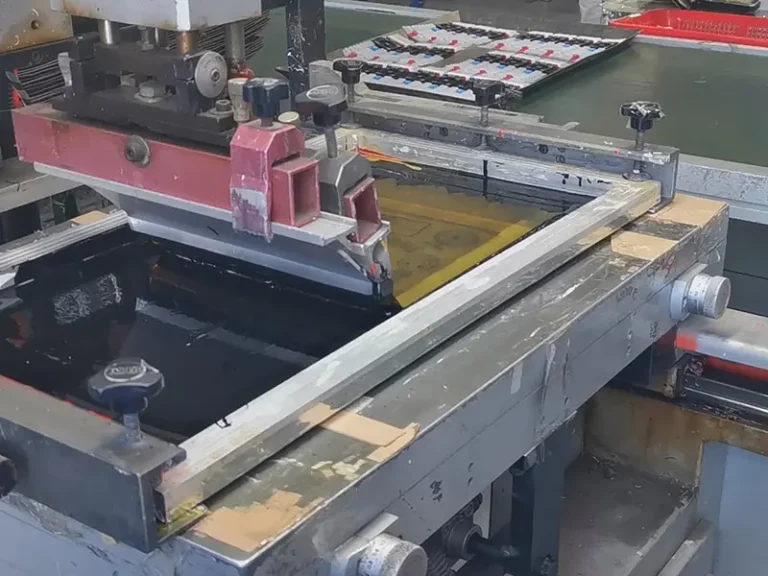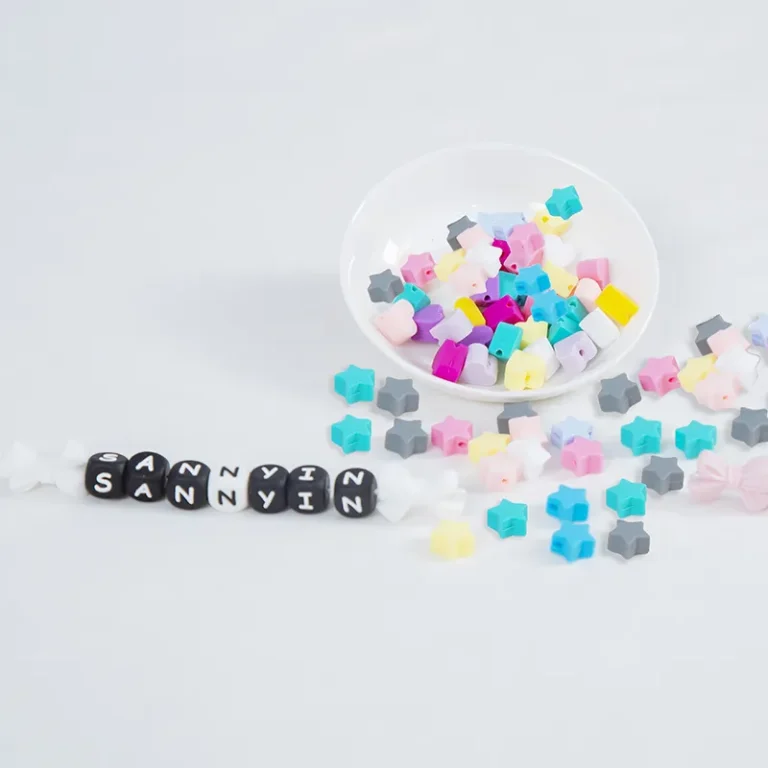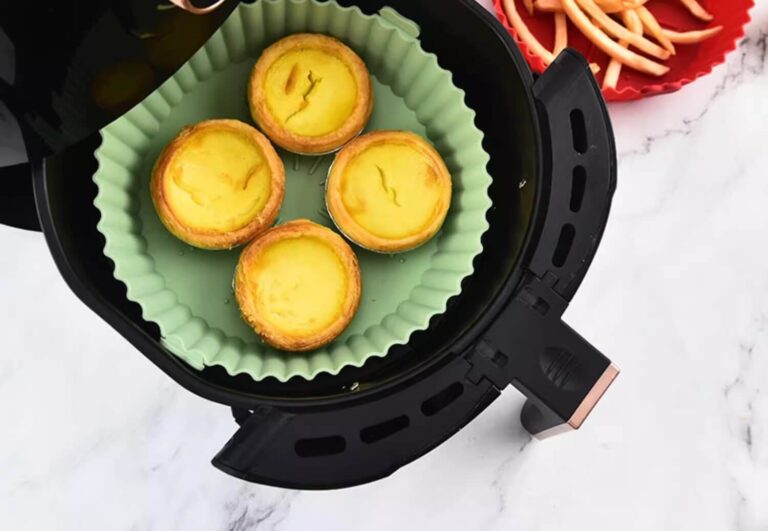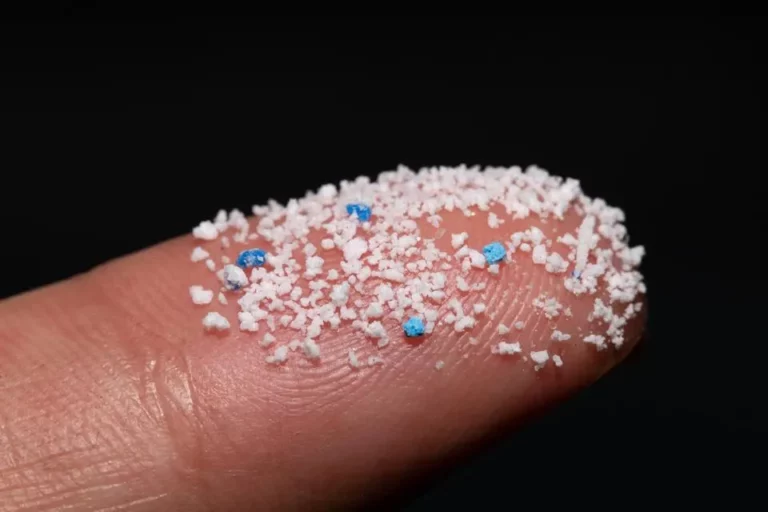Silk screen printing has long been a popular method for transferring intricate designs onto various surfaces, thanks to its versatility and cost-effectiveness.
In recent years, the demand for customized silicone rubber products has grown exponentially across numerous industries, including industrial components, silicone gifts, silicone baby products, and silicone household products.
With 6+ years experience in manufacturing silicone rubber products, we’d love to share the whole process of silk screen printing on silicone rubber products, the technical challenges and popular applications, as well as the unique benefits that come with printing on it.
Whether you are a business owner, product designer, sourcing expert or simply interested in learning more about this fascinating process, I hope this blog post will provide valuable insights into the world of silk screen printing on silicone rubber products.
Design Files
The design files shall be Vector Image, usually generated with Adobe Illustrator, CorelDraw.
Raster images are not usable for silk screen, PDF files with raster images are also not usable.

In a word, the Vector images are scalable at any percentage, and will not get blurred while zoom in, it’s widely used for design files, laser engravings, digital printing, etc.
Film for Printing
The second step is preparing the film, which serves as a stencil that carries the logo, design or other artworks, which will be transferred onto the surface of silicone rubber products.
To create a film, the design is firstly printed onto a transparent material, using ultra-high-resolution printing technology, that’s why Vector design file format required, which ensures all details will be printed accurately.
Then the film will be placed onto a mesh fabric made screen, which is stretched over a aluminum frame, and coated with a photosensitive emulsion, and then the film is exposed to ultraviolet (UV) light. This process hardens the emulsion, leaving the design areas clear and ready for silicone ink transfer.

Silicone Inks & Colors
Silicone inks are specifically formulated for use on silicone rubber surfaces, as they bond effectively and provide excellent durability.
The colors are usually provide by customers, and there is a general color language in printing industry: Pantone Color System, with the same color codes, factory delivers the right product as customer required.

Product Surface Clean before Printing
Before proceeding with the silk screen printing process, it is imperative to ensure that the silicone rubber product surface is clean and free of any contaminants, such as dust, grease, or oils.
A clean surface ensures better adhesion of the ink to the silicone rubber, resulting in a more vibrant and long-lasting print.
At SANNYIN, we use specialized silicone cleaners or a solution of isopropyl alcohol and water which are also ecofriendly.
Baking in Thermo Tunnel
The final step in the silk screen printing process is curing the ink on the silicone rubber products. This is typically done by placing the printed items in a thermo tunnel or oven, where they are exposed to controlled heat for a specified duration.
The heat activates the curing agents within the silicone ink, allowing it to bond securely to the silicone rubber surface. Proper curing ensures that the printed design is resistant to wear, abrasion, and environmental factors, providing a long-lasting and durable finish. Make sure to follow the ink manufacturer’s recommended curing temperature and duration for optimal results.
By following these essential steps and maintaining strict quality control measures, we will achieve stunning and durable silk screen printed designs on silicone rubber products.
Applications of Silk Screen Printing on Silicone Products
- Silicone Keypad
- Silicone Mats
- Silicone Wristbands
- Silicone Watch Bands
- Silicone Kitchen Utensils
- Silicone Baby Bibs



In conclusion, silk screen printing on silicone rubber products has opened up a world of possibilities silicone rubber products in all fields. This versatile and durable printing technique allows for the creation of vivid, long-lasting designs that can withstand the test of time.
By mastering the art of silk screen printing on silicone rubber, SANNYIN offers uniquely customized products that truly stand out in the market, providing a competitive edge in today’s fast-paced business environment.
Embrace this innovative technique and start upgrading your product offerings today – the future of customization awaits!
Related: Other Printing Technologies on Silicone Rubber Products
- Pad Printing
- Water transfer printing
- Heat transfer printing
- Laser engraving
- Digital printing(UV Printing on silicone products)






